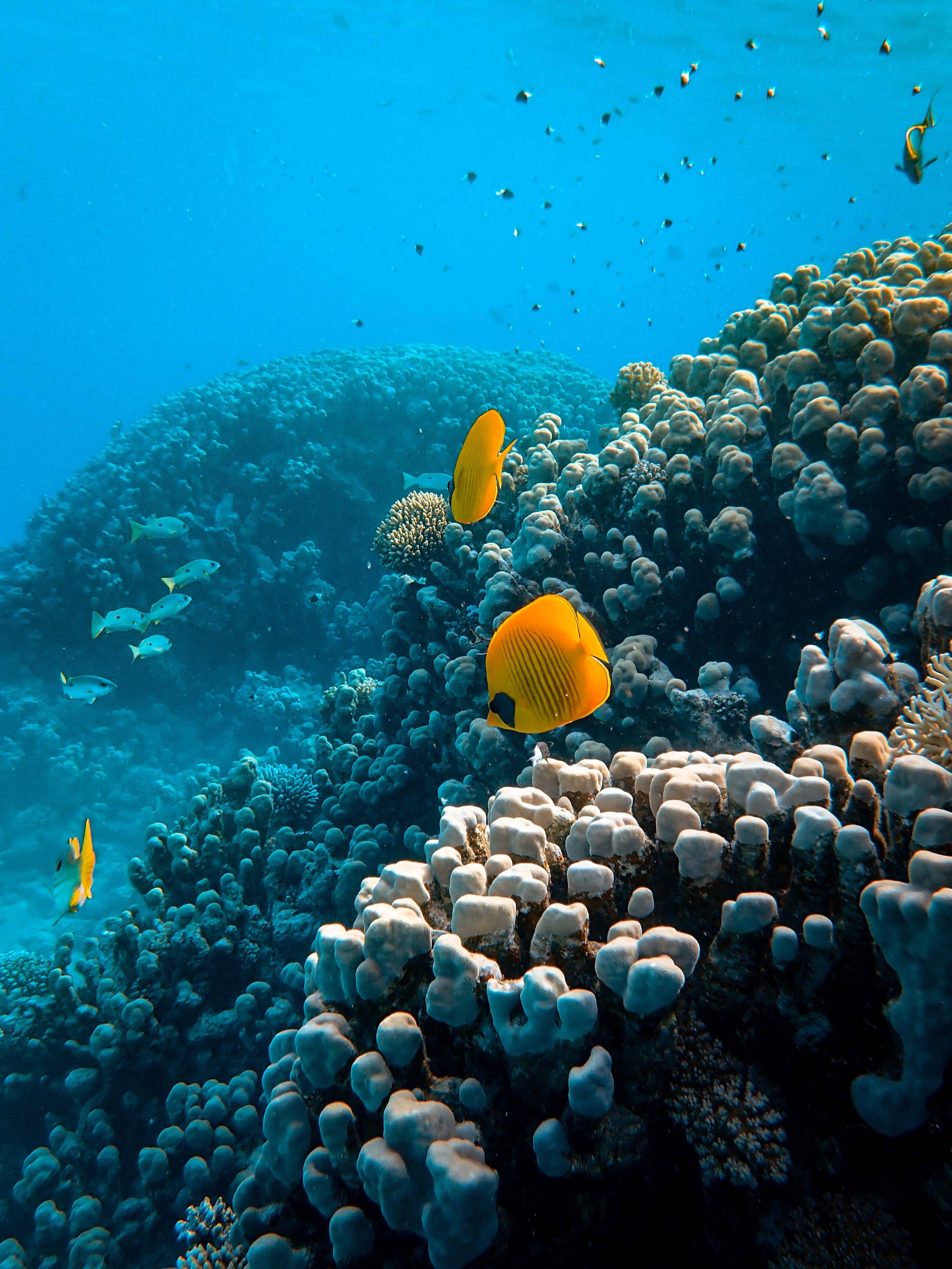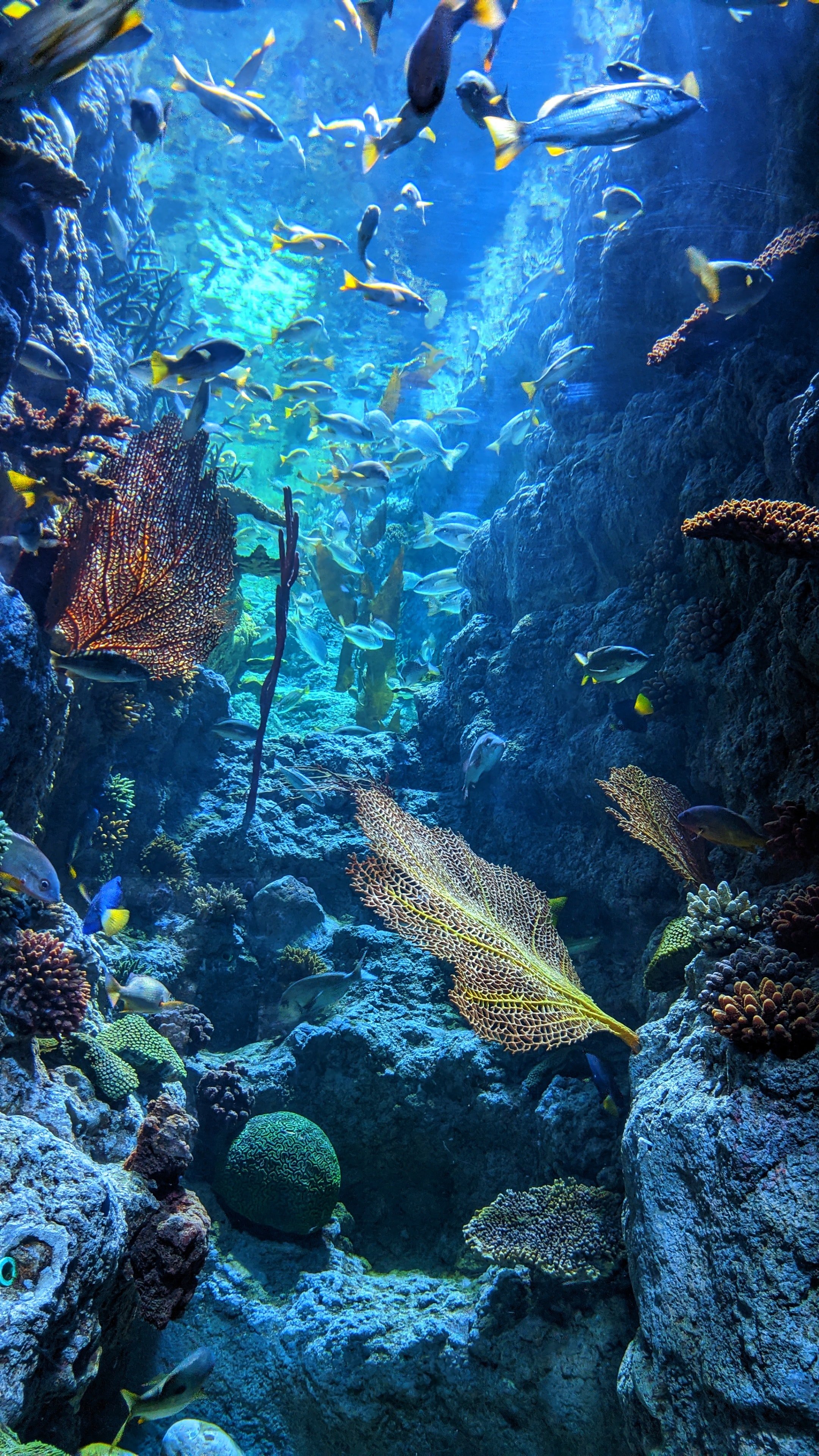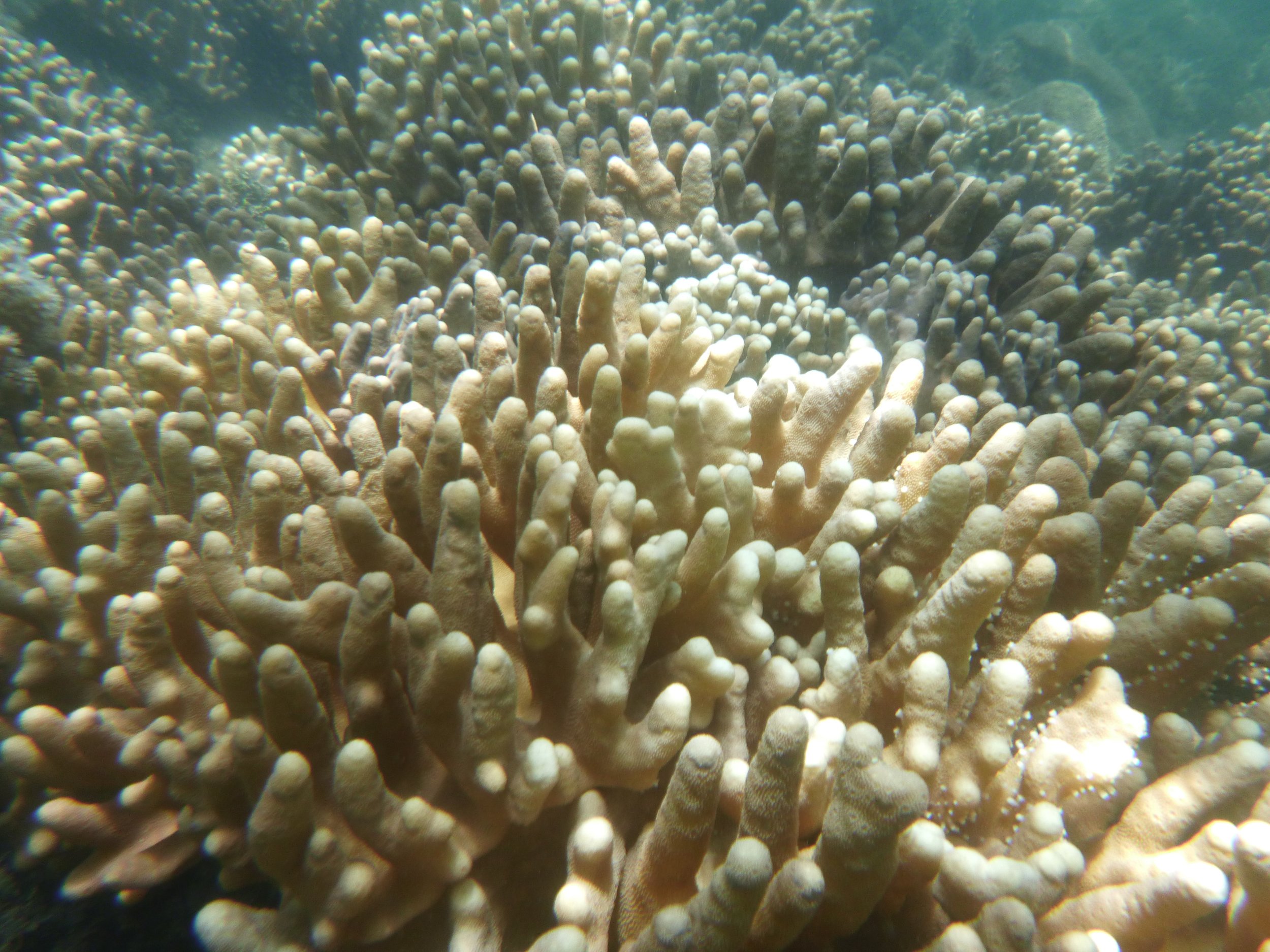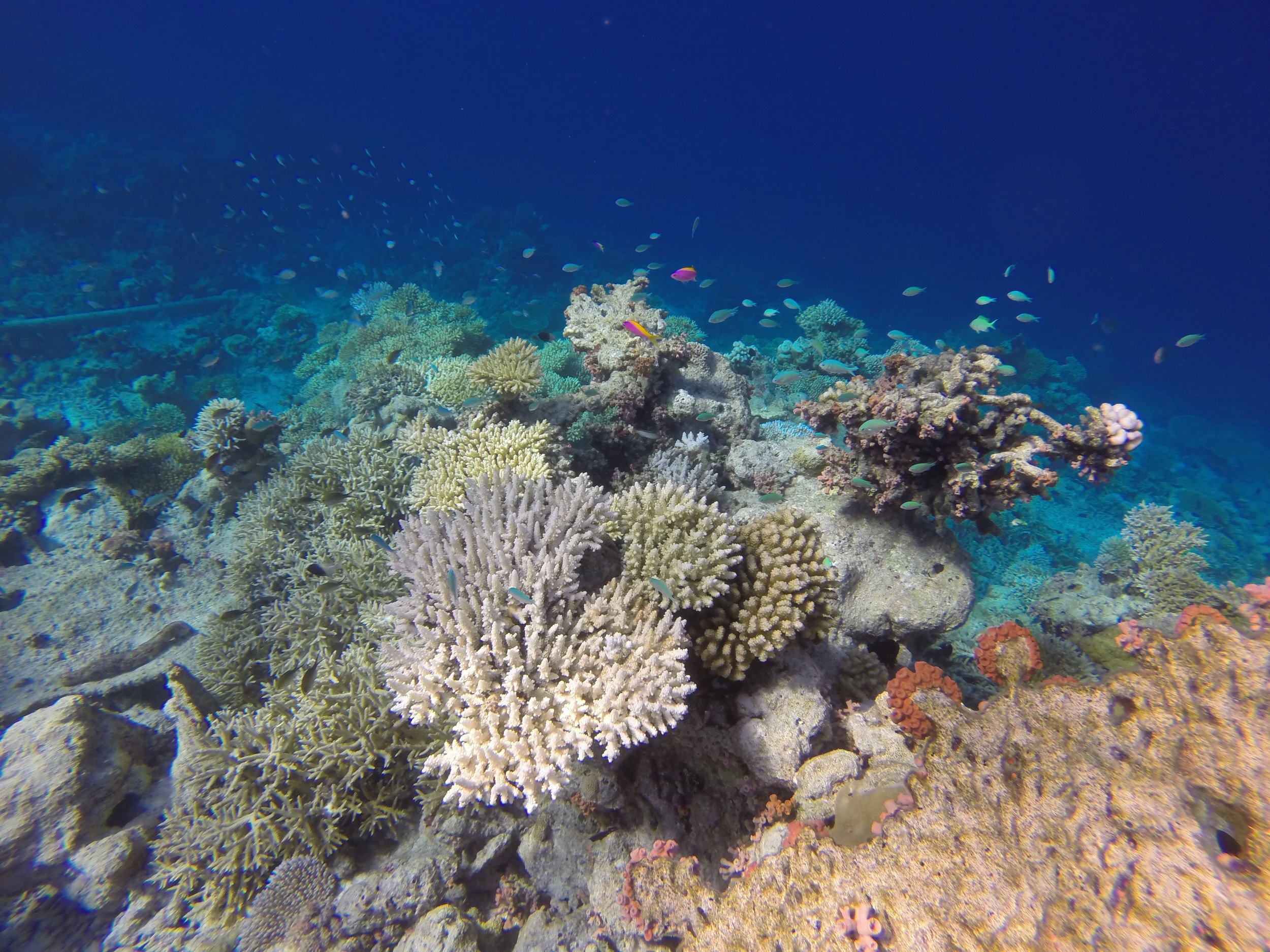
How Ocean Acidification Is Affecting Coral Life
What Is Ocean Acidification?
In a gist, Ocean Acidification is a decrease in the pH of the ocean over a period of time that is caused primarily by the uptake of carbon dioxide (CO2) in the atmosphere.
See the video to understand it more technically by University of Plymouth
So What Is The Source Of This CO2?
According to the United States Environmental Protection Agency, human activities are the reason for majority of the greenhouse gases in the atmosphere over the last 150 years. EPA tracks the emissions that the following text is based on by publishing the Inventory of U.S. Greenhouse Gas Emissions and Sinks. This annual report estimates United States’ total national greenhouse gas emissions. This is based of a 2020 report

Now That We Know The Key Terms, How Does Ocean Acidification Affect Coral Life?
Something not a lot of people know is that corals are actually animals… because they do not make their own food, as plants do. Corals have microscopic, tentacle-like arms that capture their food from the water and sweep into their Microscopic mouths. The ‘corals’ we see are made up of thousands of these creatures. As corals grow, more and more of these creatures(that are made of carbonate ions) attach themselves over the others and always towards sunlight. With time, they thicken
When we put the carbon dioxide into the mix, things start to change. When carbon dioxide reacts with sea water, this happens,
CO2 + H20 -> (H+) + (HCO3-)
Essentially, hydrogen ions(H+) react with carbonate ions(CO3(2-)) and essentially kill them. As more and more hydrogen ions remain in the oceans, the less creatures exist to attach themselves onto corals and hence weaken them over time.
With time, the corals become weaker and eventually start to lose their color, leaving them looking bleached, which is why it is called Bleaching. This then causes sea creatures to lose their homes and in a larger picture, effects the food chain all the way to humans.
This sadly causes reefs that looked like this






To this,
(As a scuba diver myself, I can vouch that none of the pictures have added or subtracted any saturation or vibrancy)





Between the years 2009 and 2018, we have lost about 14% of the world’s coral reefs. That is about 2.5 times the size of the Grand Canyon National Park. Coral reefs in general are only 1% of the ocean floor but hold more than 25% of marine life.
There is good news though that scientists at Global Coral Reef Monitoring Network have observed- Coral Bleaching is reversible. They learnt that corals that bleach are not dead but barely alive. Hence, corals can survive a bleaching event, but they are continuously under more stress and are defenceless which makes them subject to mortality.
What Can We Do To Help?
-
Scientists, with the help of the diving community, are creating bases for new coral to flourish. I have seen this first hand in Andaman Islands where there are old vehicles dumped into empty seabeds and coral has started to form around it. Though, this is a fruitless venture if we don’t think long term
-
Each individual can help a little bit by reducing their carbon footprint. These are the simple alternatives like using public transport instead of private. Everyone making a small difference makes a huge impact.
-
Renewable energies if the way forward. Bills have to be passed for the big contributors like transport and electricity productions to use renewable energies and have a cap on how much CO2 they can emit.

I Would Appreciate Any Opinion You Would Like to Share
For further research, please visit the following websites





